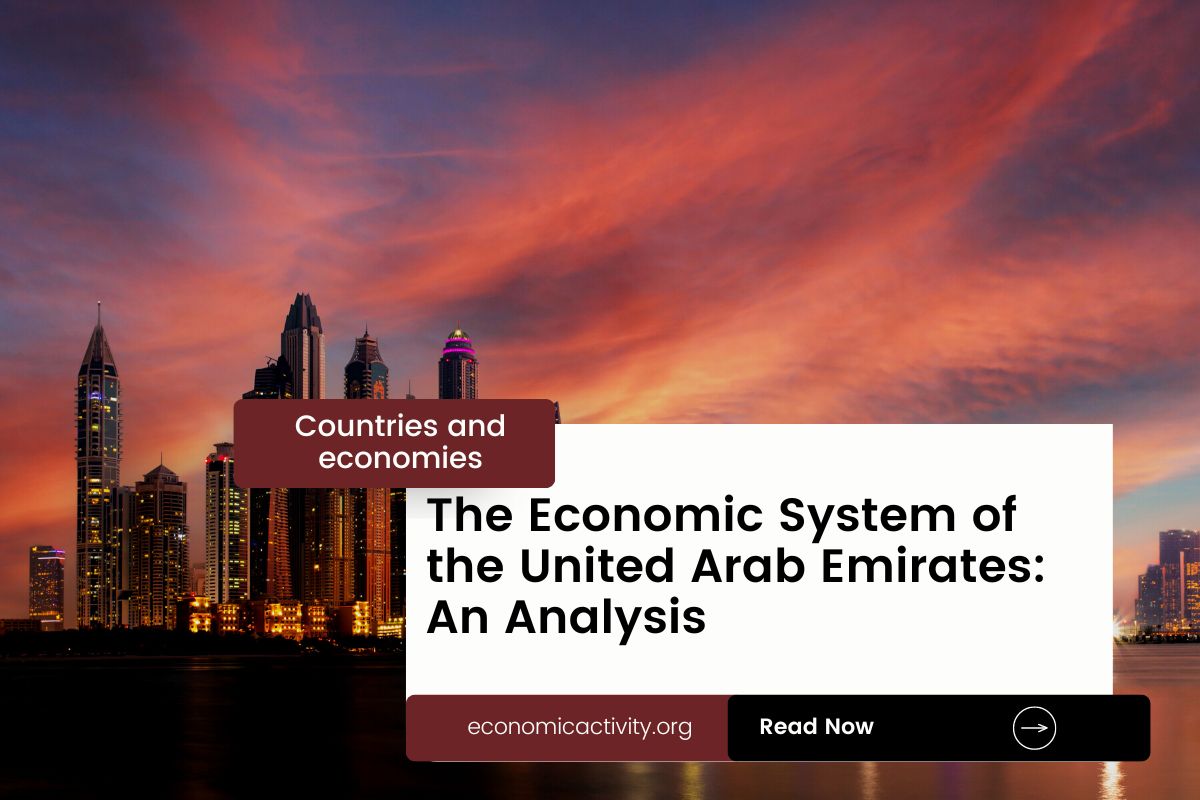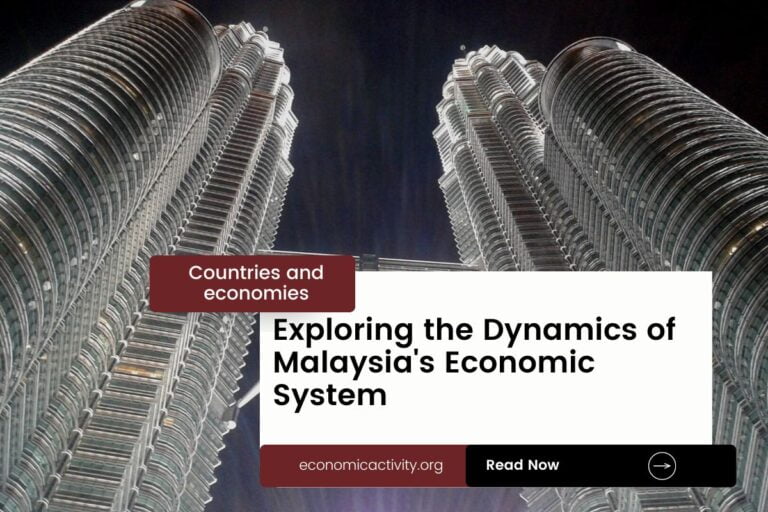What is the economic system of the United Arab Emirates? The economy of the United Arab Emirates is based on a mixed economy. The country’s economic system combines elements of a market economy and a planned economy.
The UAE has a highly developed economy, with a large portion of its wealth coming from oil reserves. Other significant sectors include real estate, construction, trade, and financial services. The country is also a major hub for tourism and aviation.
In the United Arab Emirates, the economy is composed of a private sector, consisting of individuals and businesses that make autonomous decisions based on self-interest, and a public sector, where the state determines the production and distribution of certain goods and services. No country is purely capitalist or purely communist.
What do the freedom indexes tell about the economic system of the United Arab Emirates?
Now, to determine if a country is mostly a market economy or a planned economy, it is useful to examine some economic indexes. For instance, according to the 2022 Index of Economic Freedom, which measures the ability of every human to control his own labor and property, the United Arab Emirates is ranked 33rd globally and 1st in the Middle East and North Africa indicating that the country has a mostly free economy.
In a similar way, the 2022 Freedom House index evaluates the state of political rights and civil liberties globally. Generally, market economies tend to align more with democracy and freedom, while command economies tend to be characterized by greater state control and fewer democratic and civil liberty protections. The United Arab Emirates gets a score of 17/100, which qualifies it as Not Free. The United Arab Emirates is a country where the government controls what people do for political reasons, and people have limited freedom to choose (what, how much, and how to produce, whether to buy or not, selling price, etc.)
The Link Between Public Sector Employment and the Economic System of the United Arab Emirates
An indicator of the extent to which the State is involved in the economy is the number of public sector employees. In the United Arab Emirates, according to ILOSTAT, the number of public sector employees as a percentage of the total workforce is 10.2% (2021).
In the country’s mixed economy, the number of public sector employees as a percentage of the total workforce varies based on the specific policies and practices adopted by the State.
Some economic activities are left to the private sector while others are under government control. The bigger the public sector the closer is the economy to being a command economy.
What do the biggest companies in the United Arab Emirates say about the country’s economic system?
The biggest company in the United Arab Emirates should also be looked at, as well as whether it is a state-owned or private company. In this case, First Abu Dhabi Bank is a leading financial institution offering banking, investment, and insurance services.
The company is owned by the Abu Dhabi Investment Council Company, which holds a 33.3% stake in the bank. It shows how the government and wealthy families control the biggest companies in the country.
The historical factors that have influenced the economic system of the United Arab Emirates
The current mixed economy system of the United Arab Emirates is the result of a combination of factors, including the country’s oil wealth, its strategic location, and its open-market policies.
The UAE has used its oil wealth to invest in infrastructure, education, and healthcare, while its strategic location has allowed it to become a hub for international trade and investment.
Additionally, the UAE has adopted open-market policies, allowing for the free flow of goods and services. These factors have all contributed to the UAE’s current mixed economy system.




Leave a Reply